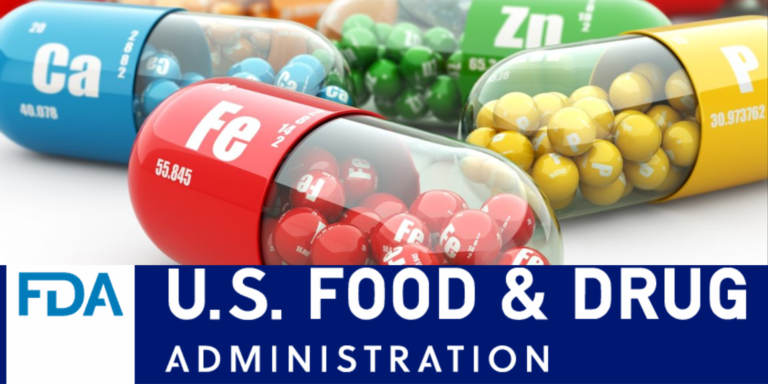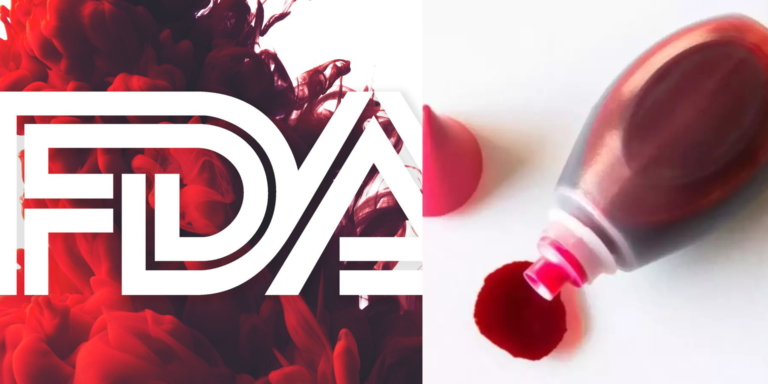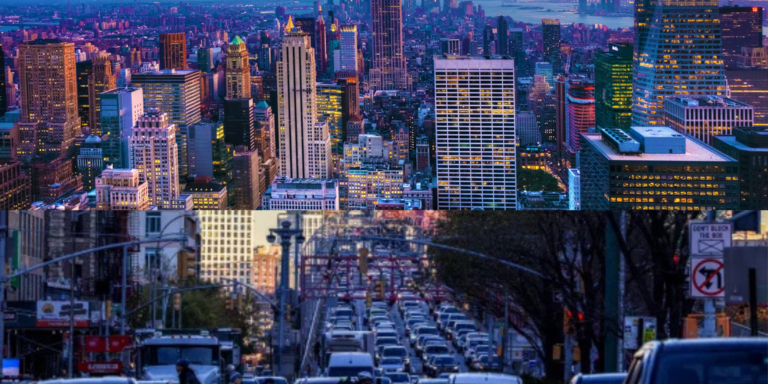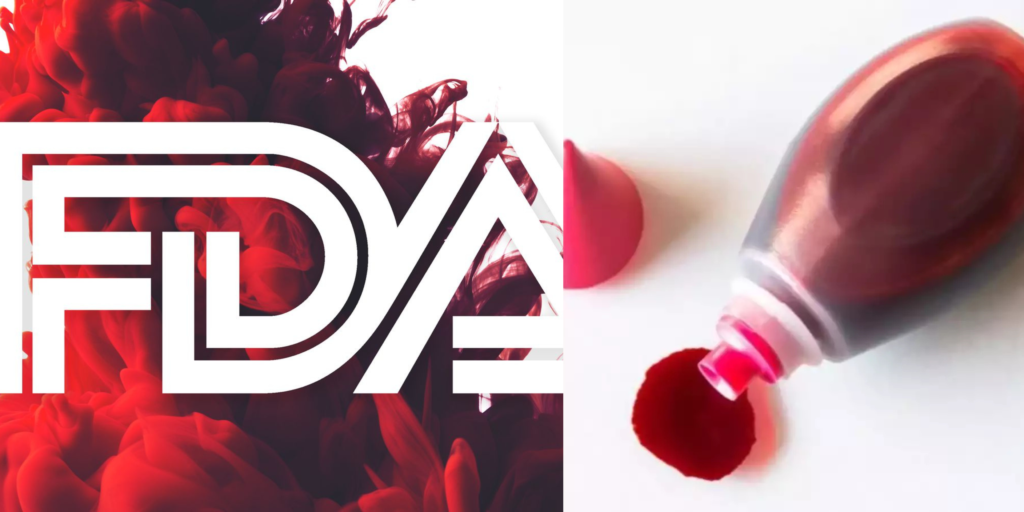
The use of Red No. 3 dye in food products is about to be outlawed by the US Food and Drug Administration.
In response to a 2022 petition from activists and health organizations, the agency announced on Wednesday that it is changing its color additive rules to prohibit the use of Red No. 3 in food, drinks, and swallowed medications.
Synthetic food coloring FD&C Red No. 3, sometimes referred to as Red 3, gives meals and beverages a vivid cherry-red hue. Candy, cakes, cupcakes, cookies, frozen desserts, frosting, icings, and some swallowed medications are among the items that use it most frequently.
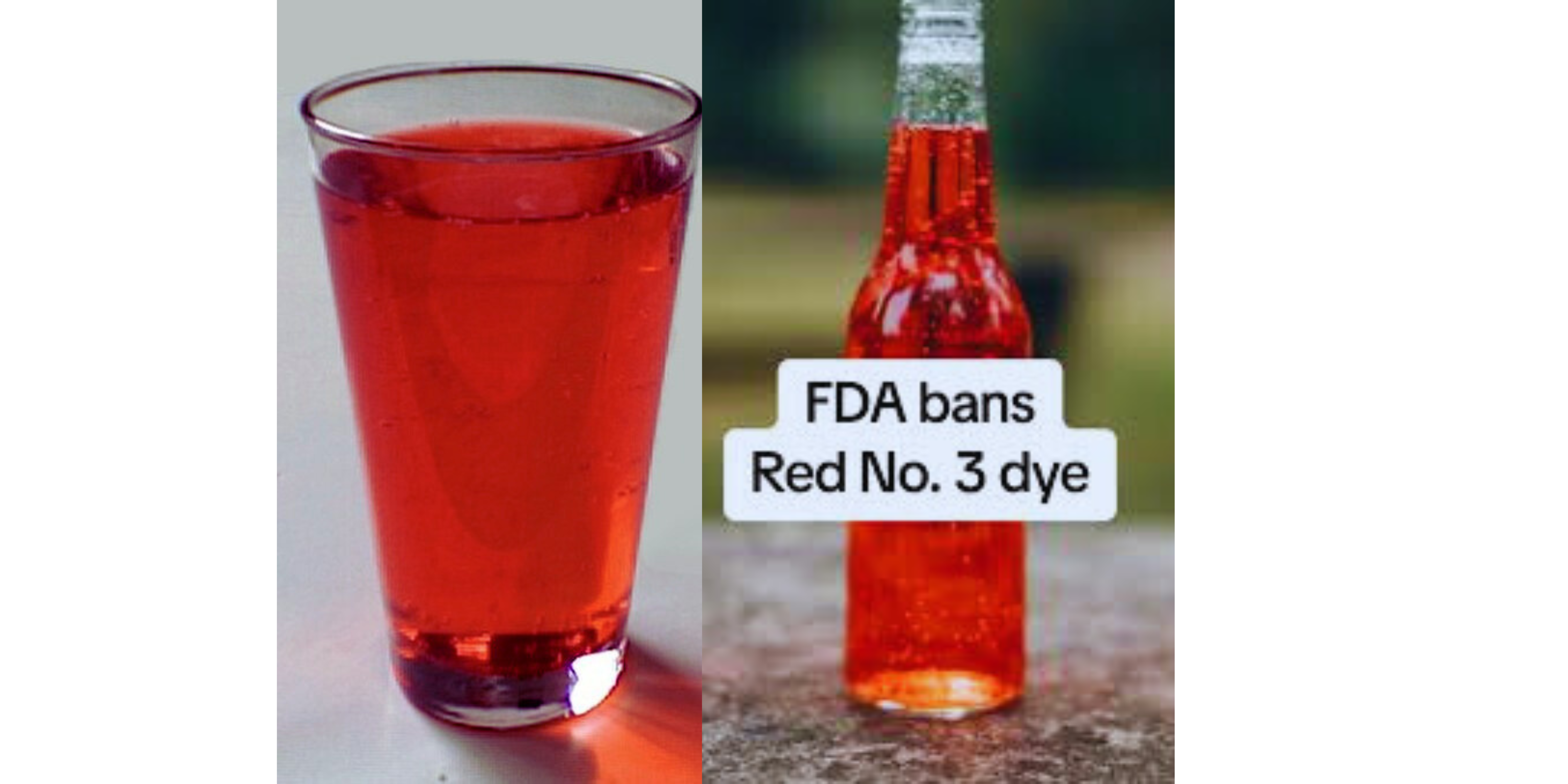
High concentrations of the food color have been connected to rat cancer in at least two studies. But according to the FDA, there is no human connection between the dye and cancer.
The FDA revoked the food dye’s clearance because of a restriction that forbids the agency from approving color additives that cause cancer in humans or animals, even though tests in humans and other animals did not demonstrate this connection to cancer.
While pharmaceutical companies have until 2028 to reformulate their goods, food manufacturers have till 2027.
The National Confectioners Association, the top trade group for candy manufacturers, released a statement saying, “Food safety is the number one priority for U.S. confectionery companies, and we will continue to follow and comply with FDA’s guidance and safety standards.” “Everyone in the food sector, including our consumers, expects and desires a robust FDA and a uniform, science-based national regulatory framework. For many years, we have maintained that the FDA is the legitimate national regulatory authority and food safety leader.
During a Senate hearing in December, FDA Commissioner Robert Califf was questioned about the dye’s lack of a restriction. According to him, the FDA lacks the funding necessary to conduct the type of post-market substance surveillance that is carried out in Europe, where it has been essentially outlawed since 1994. In 1990, the FDA also outlawed Red 3’s usage in cosmetics.
“We’ve requested more financing for chemical safety on several occasions. During the hearing, California said, “Please review our request for funding for the people who do this work. Keep in mind that if we do ban something, it will go to court, and if we don’t have the scientific evidence… we will lose in court.”
Red 40, another artificial food coloring that gives condiments and candies their vivid crimson hue, will continue to be accessible. Red 40 has also been found in several studies to cause cancer in animals.
The FDA claims that Red No. 3 has been examined “multiple times” since its initial approval in 1969.

